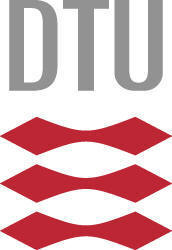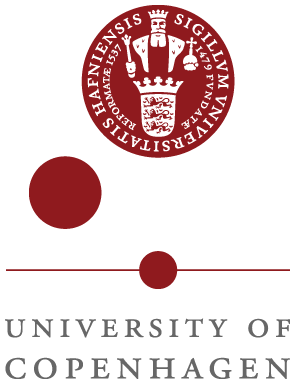Tensors and Tensor Fields
Tensors are more than 150 years old. They are a compact way to store and employ many non-linearly correlated variables in a single entity,
and as such are widely used in all areas of science, from fluid dynamics to medical imaging and general relativity.
Their unique construction provides a concise mathematical framework that enables problems to be formulated and solved using advanced geometric techniques.
Many modern real-world applications involve the sampling of data on a fixed set of grid points,
and thereby generate a “field” of tensors. It is convenient to consider such tensor fields as
“tensor-valued images” upon which further processing can be applied.
The non-linear and geometric nature of the individual tensor objects, and the innate correlations between them,
call for proper mathematical tools in order to perform any further analyses. How does one extract key metrics,
segment or cluster the data points, apply machine-learning techniques, and apply statistics to these datasets?
These are the tools that we wish to equip you with at this Summer School. In order to maintain some coherence throughout the week,
most of the data examples will come from the imaging community, but the techniques are general and can usually be easily applied to other datasets.
Course overview
We will start out with an introduction to tensors and tensor geometry, followed by tensor metrics,
with examples from computer vision (e.g. structure tensor).
These demonstrate how tensor fields can be derived from 2D and 3D images and how the
individual tensors can be analysed to derive useful metrics. Applications include optical flow
measures, motion/video tracking, image registration and steerable filters.
From here we extend the framework to consider the space of tensors and the properties of the tensor fields themselves.
Here we will delve into the geometric properties of tensor spaces, including geodesics, manifold geometry and the differentiation of tensor fields.
These are the tools that will permit processing and analysis of the complex inter- relationships between the tensor
components across the tensor field. Example applications will include medical imaging modalities such as cardiac imaging and diffusion MRI.
The application of the derived metrics for use in a machine learning framework will then be discussed.
Upon demand, extensions to the more recent theory of tensor field topology and application of scale-space techniques can also be covered.
The overall aim of the Summer School is to enable the attendees to return home with an understanding of tensor fields,
a toolbox of mathematical techniques the enable them to pull out features relevant to their own data,
and the insight to be able to use those features in their own analyses.
Learning objectives
After completion of the summer school, one should be able to:
- Understand the relevance and importance of being able to represent tensors and tensor fields as images
- Understand the relationship between tensor fields and manifolds
- Understand how computational geometry can be used to analyse manifolds and tensor fields
- Implement statistical measures on tensor fields
- Apply standard analytical methods to their own tensor data
- Describe the state-of-the-art use of tensors and tensor fields in various applications, including
- 1. Tensors derived from scalar images (e.g. computer vision)
- 2. Inherently tensor-based images (e.g. diffusion MRI)

